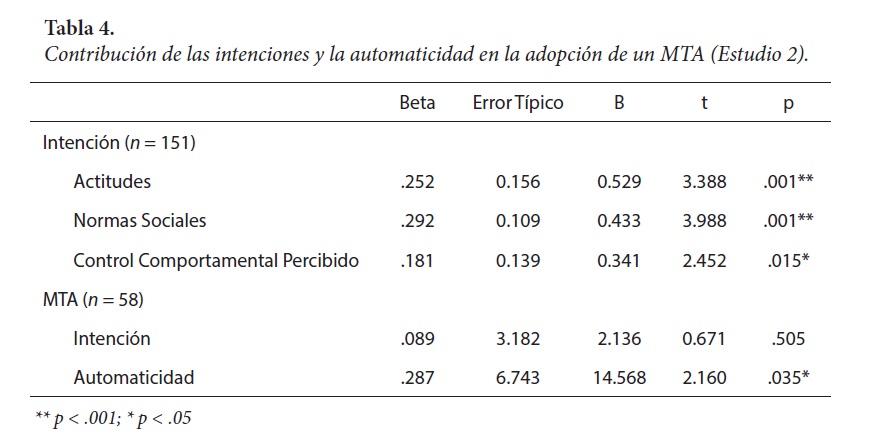Validation in Spanish of the Psychometric Properties of the Generic Multifaceted Automaticity Scale (GMAS) for Physical Activities
Keywords:
Habit, Physical Activity, Intentionality, Control, EfficiencyAbstract
This research presents the Spanish validation of the Generic Multifaceted Automaticity Scale (GMAS) developed and validated in French by Boiché et al. (2016). This scale measures three properties of automaticity applied to physical activities: (a) the intentionality to activate a behaviour; (b) the efficiency of its execution; and (c) the difficulty to control it once adopted. Two studies evaluated its psychometric properties. Two studies evaluate the GMAS psychometric properties. In the first study (N= 245), a factorial analysis, reliability estimation by Cronbach’s alpha, and convergent validity analysis were performed. A three-factor model was confirmed: (a) lack of intentionality, (b) efficiency and (c) control (χ²/df = 2,24; TLI = .96; CFI = .97; SRMR=.08 RMSEA = .08; 90 [.05 - .10]) with a good internal consistency (α =.89). The results show that high levels of automaticity are related to high levels of physical activity. The second study (N=151) shows that automaticity predicts the adoption of active modes of transportation, over and beyond intentions (β = .29; p < .05). These results suggest that the Spanish version of the GMAS is a valid instrument to evaluate the automatic properties of physical activity behaviours.



